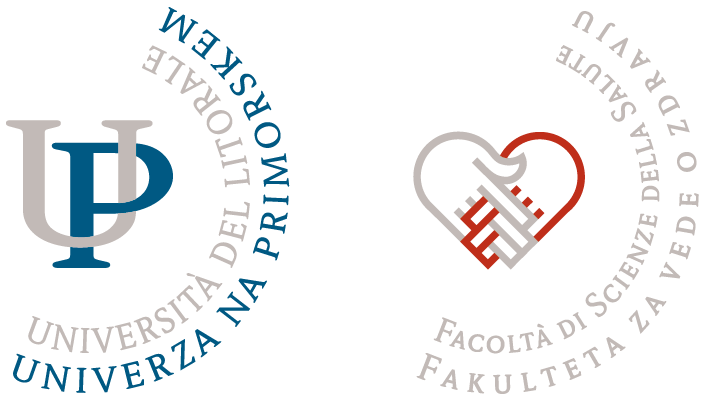Content
- Lectures: 6 hours
- Seminar: 34 hours
- Exercises 20 hours
- Independent work: 120 hours
Subject carrier
Description
1. Movement therapy:
a. definition and historical overview
b. importance of (functional) movement
c. principles of movement therapy and its potential
d. indications and contraindications
2. A brief summary of the basic principles, limiting factors, training tools and methods for developing basic motor skills
3. Characteristics and use of advanced forms of load and resistance in movement therapy:
a. manual resistance
b. viscous resistance
c. elastic resistance
d. inertial resistance
e. vibration exercise
f. iso-inertia exercise
g. isokinetic exercise
h. eccentric exercise (in stretched position)
4. Planning of movement therapy with emphasis on the load progression from different perspectives:
a. increasing volume and/or intensity
b. proximal-distal principle
c. use of different types of muscle contractions
d. stability and mobility aspect
5. Specific features and limitations of movement therapy for the most common acute and chronic pathologies depending on the type of the affected tissue:
a. skeletal pathologies (osteopenia, fracture)
b. joint pathologies (arthritis, arthrosis, sprain, dislocation)
c. muscle pathologies (sarcopenia, muscular dystrophy, muscle strain, muscle tear)
d. pathologies of tendons and ligaments (tendinopathies, overuse syndromes, tendon and ligament strain and tear)
e. pathologies of the cardiovascular and nervous systems (heart failure, heart attack, angina pectoris, coronary heart disease, arrhythmia, high blood pressure)
f. other pathologies (cancer, diabetes, stroke, asthma, obesity, mental illness)
6. Movement therapy in prevention:
a. characteristics and specifics of prevention training programs
b. planning a prevention program, integration and periodization of training contents
c. the most effective scientifically proven prevention protocols for the most common pathologies of the upper limb, trunk and lower limb
7. Movement therapy in rehabilitation:
a. characteristics and limitations of rehabilitation training content
b. planning a rehabilitation program, integration and periodization of training content
c. the most effective scientifically proven rehabilitation protocols for the most common pathologies of the upper limb, trunk and lower limb
d. assessment and achievement of criteria for progression and return to sport, functional tests, importance of muscle symmetries and optimal muscle strength ratios
e. the role of individual members in the treatment of pathologies (physician, physiotherapist, kinesiotherapist, masseur)
8. The importance of psychological factors on the effectiveness of rehabilitation programs and on the return to sport
9. Supportive techniques in movement therapy

